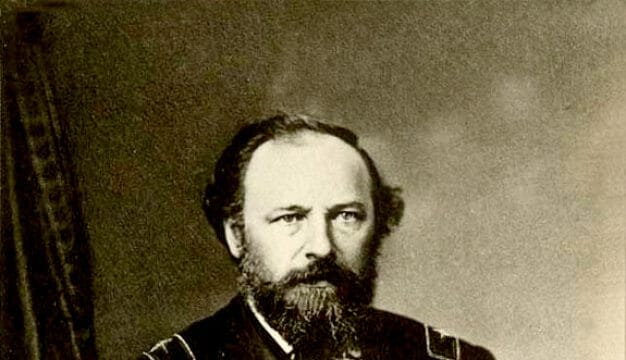Frances Nimmo Greene
Frances Nimmo Greene (1867-1937) was widely known during the early part of the twentieth century as a novelist, textbook writer, and playwright. She is best remembered for her children’s books, some of which were required reading in Alabama schools.
Named after her maternal great-grandmother, Greene was the daughter of Thomas Finley Greene, a Methodist clergyman, and Virginia Owen Greene. She was born in Tuscaloosa, Tuscaloosa County, in the home that had belonged to her great-grandmother, one of four children (three sisters and a brother). Although her birth year is not entirely certain, one Alabama death record lists it as April 5, 1867; this birth year matches the opinions of most scholars. After attending Tuscaloosa Female College, a Methodist-run school where Alabama educator Julia Tutwiler had taught, Greene became principal of Lafayette School, a public grammar school in Montgomery, and then taught English at the Athenaeum, a private school for girls in Birmingham. In 1909 she became an assistant in the library division of the State Department of Archives and History, and that same year served as secretary of the Birmingham Library Association. In 1911 and 1912, she also was editor of the women’s section of The Birmingham News.
Greene’s primary literary legacy is her novels and her books for children, written between 1901 and 1920. Of her novels, Right of the Strongest (1913) was the most popular and is probably her best. It was made into a successful motion picture in 1924. The story involves a woman caught between two men, a progressive developer and a man of the hill country, and anticipates modern environmental and social issues concerning the use of natural resources. Greene was purported to have preferred her novel One Clear Call (1915), a love story in which the heroine’s name, Faith, foreshadows its central theme: the way in which “keeping Faith” tests the hero’s manhood. Greene’s books for children had far-reaching influence; Harry Truman’s “reading list,” by which he educated himself, included Greene’s Legends of King Arthur and His Court (1901).
Greene devoted her later years to writing plays. She was instrumental in the Birmingham Little Theater’s efforts to become a viable regional theater, producing plays by southern writers and supporting traveling companies. She also taught short story and play-writing classes in Birmingham. During the year and a half before her death, she was Director of the Southern Play Bureau of the Federal Theater Project. Greene died in Birmingham on December 9, 1937, at the age of 70.
Selected Works by Frances Nimmo Greene
Legends of King Arthur and His Court (1901)
Into the Night: A Story of New Orleans (1909)
The Right of the Strongest (1913)
One Clear Call (1915)
Speaking of Adam: A Comedy in Three Acts (1915)
America First (1918)
The Devil to Pay (1918)
My Country’s Voice (1918)
The Last Enemy: A Drama in Three Acts (1930)
Additional Resources
Knight, Lucian Lamar. Biographical Dictionary of Southern Authors. Volume 15, Library of Southern Literature series. 1910. Reprint, Detroit: Gale Research, 1978.
Robinson, Doris. Women Novelists, 1891-1920: An Index to Biographical and Autobiographical Sources. New York: Garland, 1983.



